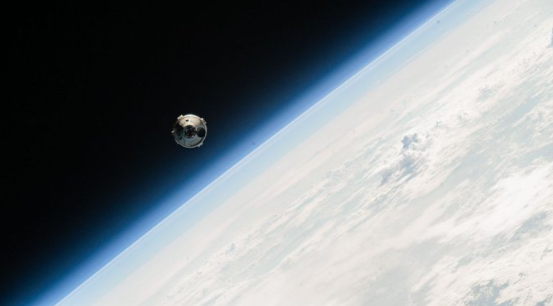I think they need to take a few lessons from Elon Musk.
Boeing’s Starliner spacecraft, despite a challenging development marked by numerous delays and technical difficulties, successfully docked at the International Space Station last week, carrying NASA astronauts Butch Wilmore and Suni Williams. However, the mission has encountered further complications with the discovery of five helium leaks in the spacecraft, which are used in the thruster systems for navigation in space.
NASA weighs potential impacts of helium leaks and more on Boeing’s Starliner astronaut test flight https://t.co/AijvgvcoHg pic.twitter.com/OY8jppntEb
— SPACE.com (@SPACEdotcom) June 12, 2024
The origin and impact of these leaks are still being assessed by Boeing, and as a result, the duration of Wilmore and Williams’ stay on the ISS has been extended from June 14 to no earlier than June 18. This ongoing issue is the latest in a series of setbacks for Boeing, which include a failed uncrewed test flight in 2019 and multiple issues leading up to this first crewed test flight.
The leaks were first noticed last month, with additional leaks found during the ascent to the ISS. Despite these issues, docking was achieved, although not without further complications involving the spacecraft’s reaction-control thrusters that initially postponed the docking process.
Boeing said its Starliner spacecraft is experiencing five “small” helium leaks as the crew’s mission aboard the ISS was extended to June 18. https://t.co/2Zqp21K9Gt
— ABC 7 Chicago (@ABC7Chicago) June 11, 2024
Boeing has reassured that the spacecraft has ample helium—ten times the amount needed—to complete its return mission. The system’s design keeps the helium tanks sealed while docked, preventing any further loss of helium.
As engineers work on resolving these technical challenges, NASA is taking advantage of the extended mission. They have scheduled a spacewalk for June 13, involving other ISS crew members. This delay and additional spacewalk underscore the complexities and unpredictabilities of space missions but also highlight the capacity for adaptive problem-solving in space exploration.
Boeing is having a very bad, no-good, awfully awful year. https://t.co/PZQONpSSHv
— Jody Dean (dfwjodydean.bsky.social) (@DFWJodyDean) June 13, 2024
The ultimate test for Starliner remains its ability to safely return its crew to Earth, which will be a significant determinant of the spacecraft’s future viability for regular NASA missions to the space station. The resolution of these technical issues and the safe return of the astronauts will be crucial in evaluating Starliner’s role in future space missions.
Major Points:
- Boeing’s Starliner spacecraft successfully docked at the International Space Station last week with astronauts Butch Wilmore and Suni Williams, despite past developmental challenges and technical issues.
- The mission has been extended from June 14 to no earlier than June 18 due to five helium leaks discovered in the spacecraft’s thruster systems.
- These helium leaks represent the latest in a series of setbacks for Boeing, including a failed uncrewed test flight in 2019 and various other technical difficulties.
- While the spacecraft has sufficient helium reserves for the return trip, the impact of the leaks on the mission’s remainder is still being assessed.
- NASA is utilizing the extra time in orbit for additional tasks, including a spacewalk scheduled for June 13, while engineers continue to check and secure Starliners systems.
RM Tomi – Reprinted with permission of Whatfinger News



